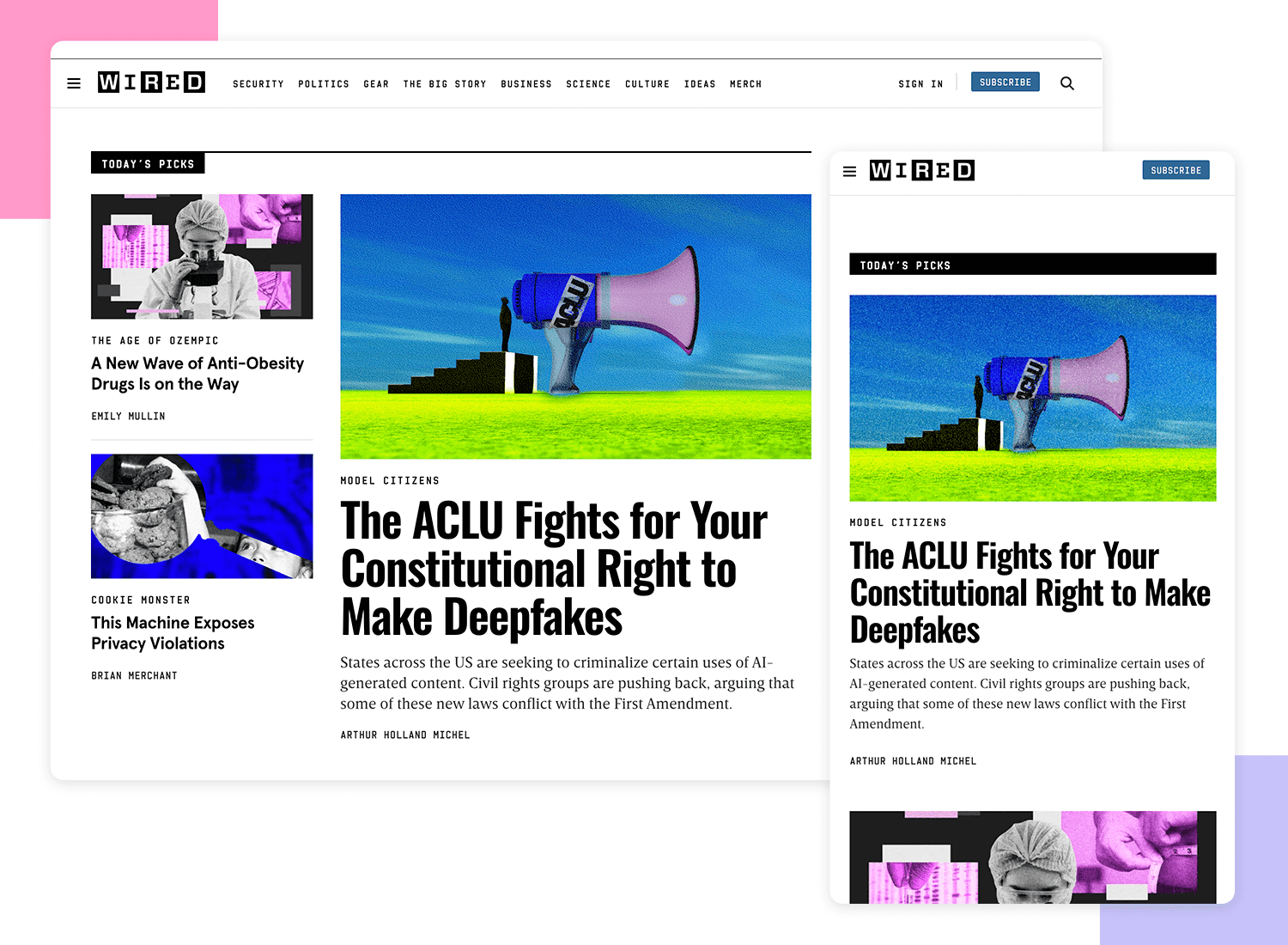

First create a welcome page - this is where the user will start their sign up experience.

#Justinmind rexamples android#
And according to usability studies, many users prefer multi page forms to one-page forms with multiple fields because they don’t require scrolling.Ĭreating a screen flow validation for your android app design is simple. Screen flow validation is essential when you’re creating an input form with multiple screens and is often used in banking sites for a more secure sign up. The material design screen flow validation is a common Android sign up activity. #4 Material design screen flow for sign up experience
#Justinmind rexamples password#
Tip: Create a prototype that autopopulates the password field once the user inputs their username so the app memorizes their data and they won’t have to keep inserting the same information.This refers to Apple’s User Control Human Interface guidelines - respond to user action with intuitive adaptation. You can also create your own sign in screen by dragging and dropping iOS icons and buttons to your iPhone prototype. You’ll need to create a condition so that only the correct password allows the user to log in.

All you need to do now is add the events to make it interactive.Īdd an ‘On Tap’ + ‘Link To’ event to the sign in button, linking it to the screen you want the user to see upon logging in - e.g. The kit was built with SVG vectors so you can change the color and size of each icon as needed, or in line with specific industry standards. Justinmind’s iOS UI kit has a ready made sign in screen. All main feature content on the sign in page should be centered so as to capture the user’s attention on the task at hand. To maximize impact and reach of your iOS sign in screen, keep things simple.įor example, provide only the essential components (email and password input fields and the sign in button) so that the user flow is clear and UI navigation is manageable. When it comes to designing for Apple, clarity, deference and depth are your 3 priorities. And that’s it - you’ve created an unmask password option! #3 Sign in screen for iOS Finally, add an ‘On Click’ + ‘Show’ action afterward, again selecting the blank text box. Set the value to calculated and drag the variable to the expression builder again. Now select the ‘Show password’ text box and add an ‘On Click’ + ‘Set Value’ event, selecting the blank text box. Set the value to calculated and drag the variable to the expression builder in the dialog that appears. Next, add an ‘On Focus Out’ + ‘Set Value’ event to the password input field, selecting the variable you created. Create a variable and name it ‘password’. Add another text box and write ‘Show Password’ in it. Leave it blank, set the fill color to white and make it hidden in the properties tab. Then, place a text box on top of the password input field. Worried about security? Simulate a password strength meter with the help of this tutorial.Ĭreate your login form as in #1.

It is especially useful on mobile devices, when users are more likely to mistype. In terms of usability, the password unmask feature can make it easier for users to access their accounts and improve the user experience. Not being able to see our passwords can result in characters being mistyped and then the user not being able check inputs or correct their mistakes. These days we have so many passwords to remember and sometimes we enter the wrong one for the wrong site or app - making filling in forms and logins a nightmare. #2 Login form with option to unmask password If you want to be able to tab between input fields, see this tutorial. Then, use ‘On Click’ + ‘Link To’, ‘Set Value’ and ‘Set Active Panel’ events to make your form interactive and then simulate the web prototype to see it work in real-time. Justinmind’s prototyping tool has a range of UI libraries that contain ready made icons and buttons to help you create the perfect login form for your web prototypes. The forgotten password and create an account links complete this login experience. The ‘Welcome back!’ message in this example adds a familiar tone to the page. The no-noise UI, simple color scheme, and single font focus the user’s attention on the main task. Sebastian Petravic’s login screen is a triumph of minimalist UI design. Make it easy for users to navigate to by keeping your form in clear view in the UI. If users have to log in to access your site’s services, focus on information fields that are clear and concise. This is your basic login form for web: the user enters their email address and password to gain access to their account.Īs Nick Babich points out, if logging in is a required action for your site, then it needs to be a primary feature on your homepage.


 0 kommentar(er)
0 kommentar(er)
